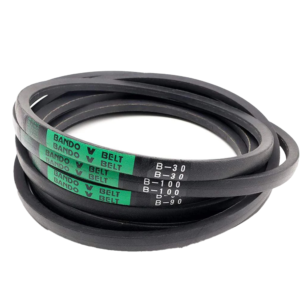Machine belts, also known as conveyor belts or drive belts, are essential components in various industries and applications. These flexible bands, typically made from materials like rubber, fabric, or metal, serve the crucial function of transferring materials, products, or objects from one point to another within a production or processing system.
Machine belts come in a wide range of types, sizes, and designs to accommodate specific tasks and environments. They are commonly used in manufacturing, logistics, agriculture, mining, and countless other sectors. Whether transporting goods along assembly lines, sorting items in warehouses, or assisting in heavy-duty operations, machine belts play a vital role in optimizing efficiency and productivity.
These belts are engineered to endure significant wear and tear, often with features like reinforced layers for strength, specialized coatings for resistance to various substances, and precise designs for specific tasks, such as flat belts, V-belts, or timing belts. Regular maintenance and replacement are essential to ensure the seamless functioning of machine belts and minimize downtime in industrial processes.
Showing the single result


